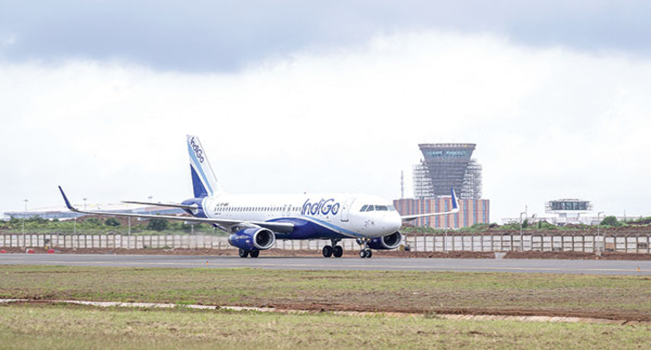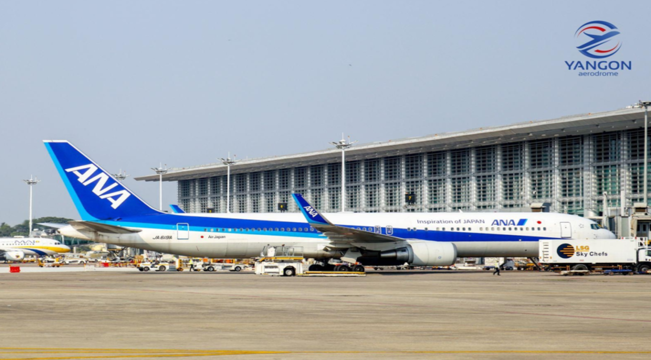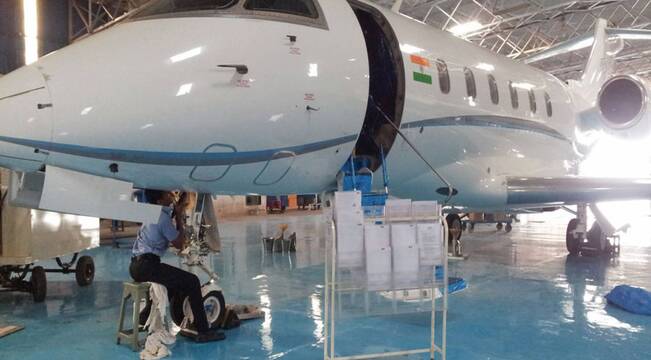Nine of 10 respondents in a survey of about 13,000 air passengers said India’s airlines have been “compromising on comfort and cutting corners in the last 24 months.”
The survey was conducted by community social media platform LocalCircles.
“Since October, LocalCircles has seen a surge in complaints from fliers about excessive fares, cancellation of flights, delayed flights, boarding denied, luggage being damaged or misplaced, steep hike in onboard food prices, changing the boarding gate silently,rude behavior of staff at check-in counters, etc. The complaints have hit a new peak this week as many headed to the airport to board flights during their Christmas and New Year holidays,” said a statement.
It conducted a passenger sentiment survey, which received over 25,000 responses from air travellers located in 284 districts of India.
About 78% of the 12,902 fliers in the survey indicated they had faced one or more issues when flying in the last 2 years.
Among the issues, 39% pointed out in-flight services, including meals and entertainment.
As many as 35% had issues with boarding and check-in procedures and baggage handling; 30% indicated poor aircraft interiors including seats, entertainment systems; 17% had issues with airlines not timely sharing information; 17% have been hassled by flight delays; 9% had issues with airline staff behaviour inside the flight and at the airport; and 9% indicated unidentified other issues.
“Airlines overbooking and denying boarding to passengers showing up a few minutes late was a common issue reported along with rude behaviour of staff in many such instances,” said a statement on the findings.
As many as 88% of the 12,823 said Indian airlines have been compromising on passenger comfort and have been cutting corners over the last 2 years.
About 64% respondents were men while 36% respondents were women. According to the reports published in economictimes.indiatimes.com .
As many as 47% respondents were from tier-1 cities, 33% from tier-2 and 20% respondents from tier-3, -4 cities and rural districts.


































